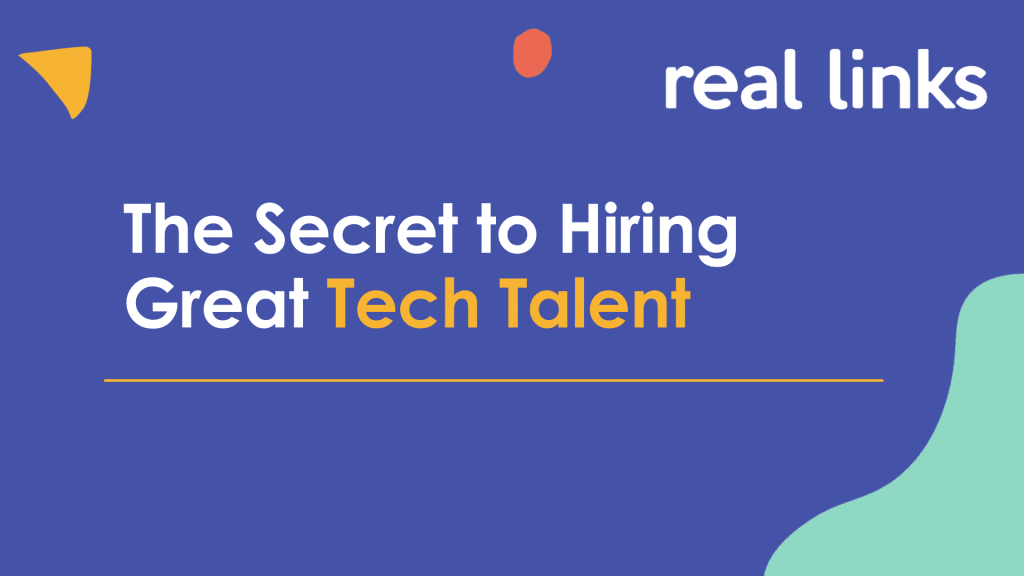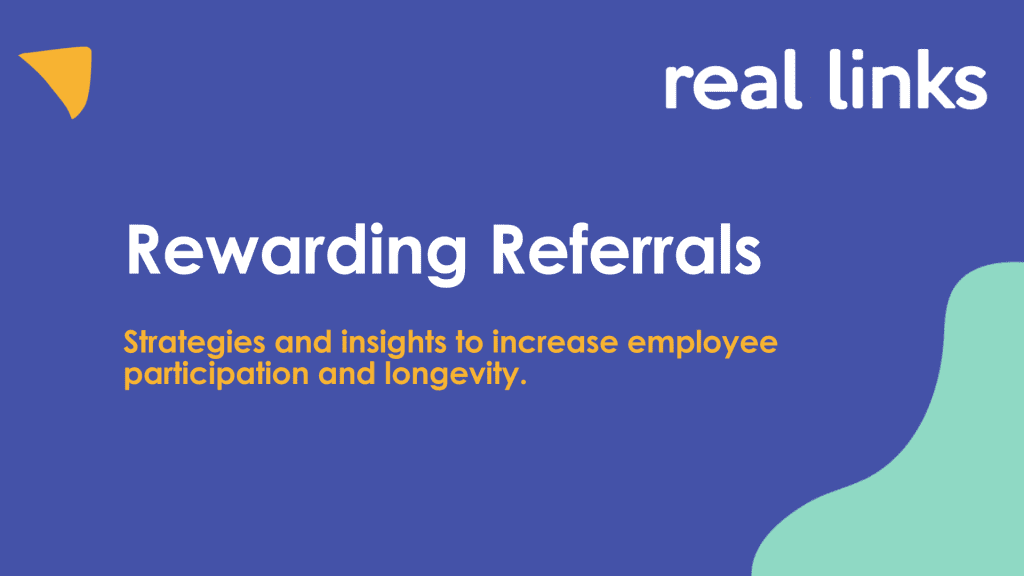According to Deloitte Insights:
“Organisations have historically focused on external recruiting to find people for new roles, but with growing skill shortages and low unemployment rates, they are now finding that acquisition alone isn’t enough to access the capabilities they need. To fuel growth, organisations need to more effectively tap their current workforce to identify and deploy people with the required skills, capabilities, motivation, and knowledge of the organisation, its infrastructure, and its culture. Creating better programs to facilitate internal mobility can pay off in multiple areas: growth, employee engagement, and business performance”.
For employers internal mobility (IM) is critical for employee retention; employee engagement; strengthening EVP and significantly reducing the cost to hire. It also encourages high levels of collaboration as it breaks down silos between teams, which can result in a 21% increase in profitability.
For employees, effective internal mobility can have a huge impact on their professional development and overall value to an organisation by providing:
- An internal marketplace where employees can showcase skills that reach beyond their allocated job role;
- The time and opportunity for the employee to identify new skills and areas they’d like to develop in;
- Easily identify jobs or projects that match those interests and skills;
- Enabling employees to connect with the right mentor
But for all the positives, internal mobility can be difficult to execute, as success requires the whole organisation to shift to this culture. Before a company can approach the challenge of implementing a culture of internal mobility, you must first understand the factors that make it difficult and the solutions for each.
1. Challenge: Traditional organisational structure
Traditional companies are structured like pyramids, with a top-down hierarchy. Implementing an internal mobility structure requires the lines of departments to blend, allowing employees to move freely between departments and projects, utilising skills and interests outside of their immediate role, giving them the opportunity to advance their skillset.
This pyramid structure is like a machine. Each part of the machine works to make the business functional, but its parts are rigid and not easily transferable, which goes against the nature of the fluidity of IM. An organisational structure that supports internal mobility can be likened to an organism. Paving the way for a flexible and agile organisation that utilises resources sparingly and when they need it; pulling talent to tackle one project, once complete, talent can move easily to other projects or departments.
This is why it’s critical to have buy-in at board level because the company structure will have to be reviewed if IM is going to be successful.
2. Challenge: The hiring manager’s role
In the pre-existing culture and structure, managers tend to “talent hoard” and keep their highly skilled employees in a specific department, and only see promotions within that department. In an internal mobility structure, hiring managers would not only take into account the skill set of the prospective employee but also their ability to grow more widely within the company.
Hiring managers and leaders must learn to embrace the gig economy mentality and encourage internal movement in order for IM to work effectively. Notably, Josh Bersin interviewed Cisco, a company that champions internal mobility. Their head of talent told Bersin that Cisco has a rule, any employee that has held a position for two years or more was open to look at other positions or projects outside of their department, and importantly, their managers were required to help this movement.
3. Challenge: Lack of visibility to open roles
Simply put, having to manually post job openings could undoubtedly make project and position openings difficult to fill. Therefore, how and where to communicate positions available along with skill matching, with full transparency, can pose a significant challenge.
A recent study discovered that HR professionals found that effectively communicating available positions was the number one issue within IM programs. Fortunately, this is where technology paves way for an innovative and customisable solution. With the right technology, a platform can offer job availability, employee profiles containing skills they have as well as the skills they aim to acquire, position or project matching, and other features to make the internal mobility structure successful.
In late 2019 Real Links started to seriously consider the importance of internal mobility to the future of talent acquisition and recruitment. Throughout 2020 we’ve partnered with some fantastic businesses looking for an IM solution, to build a internal mobility tech platform that’s been tailored from the ground up to the needs of recruitment, HR, L&D and talent acquisition professionals.
If you’re interested in learning more please get in touch.
Get in touch and learn more about our internal mobility platform










